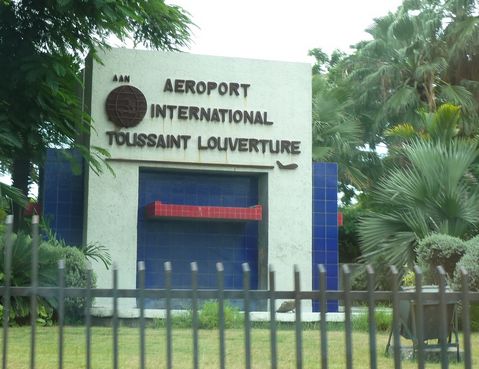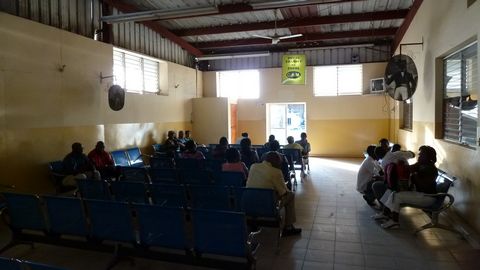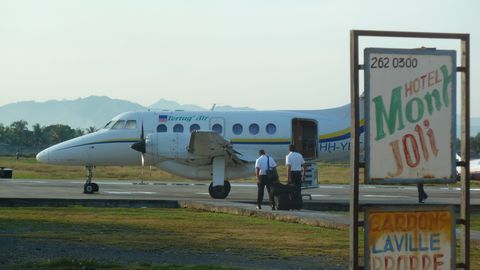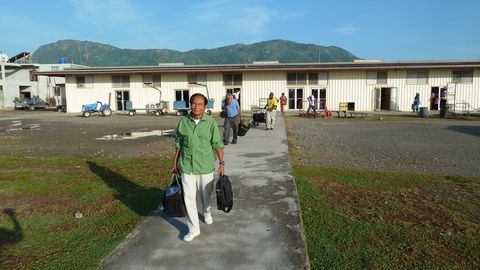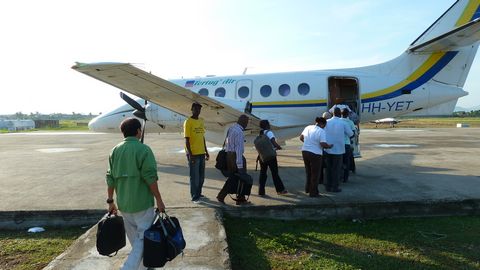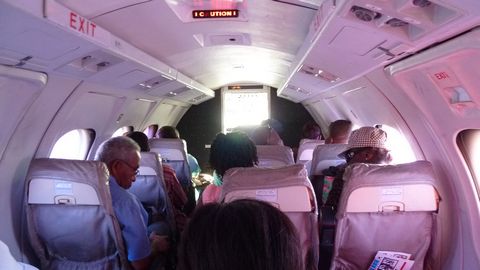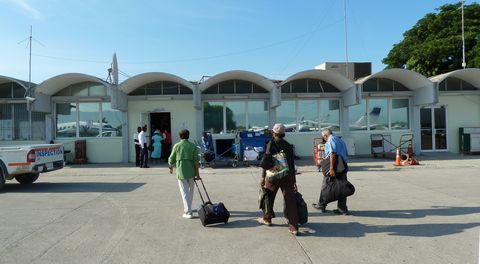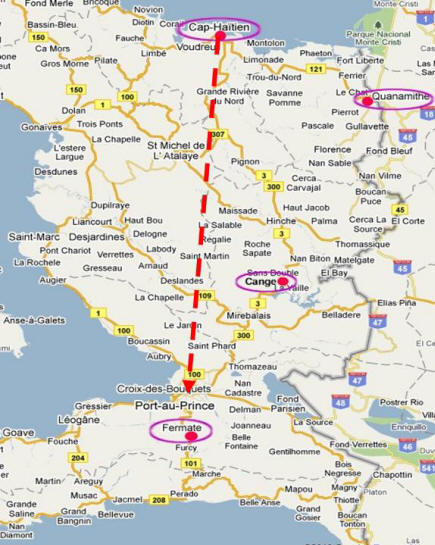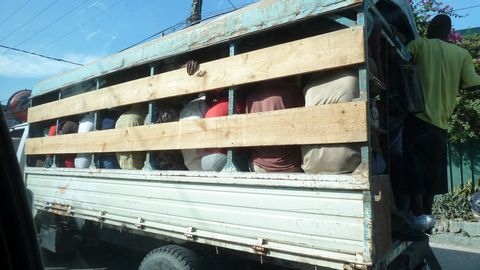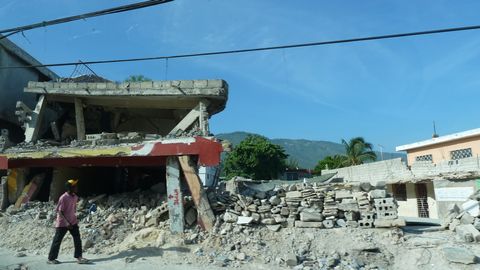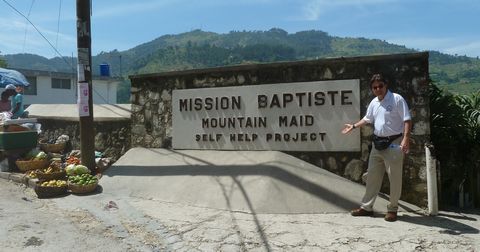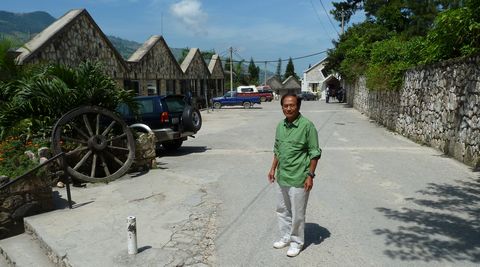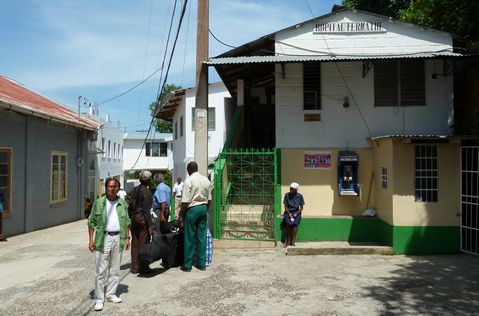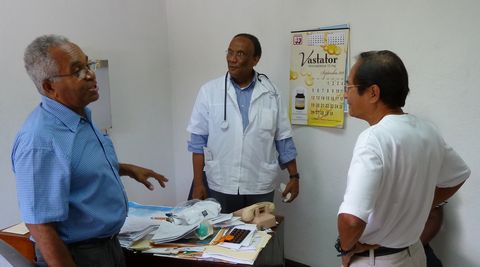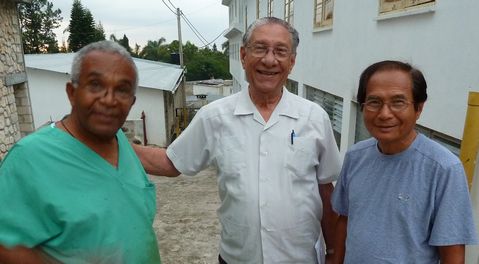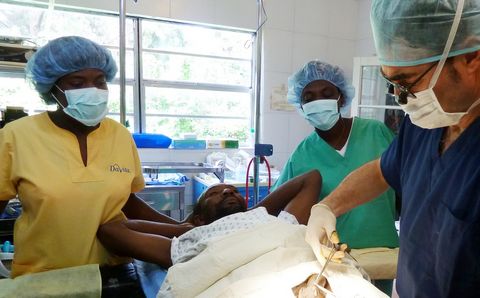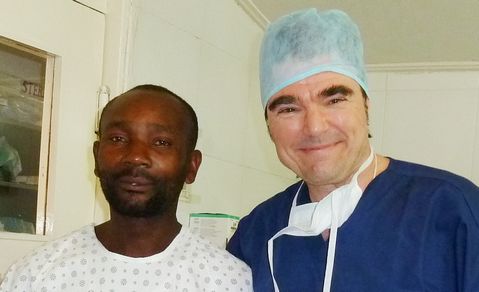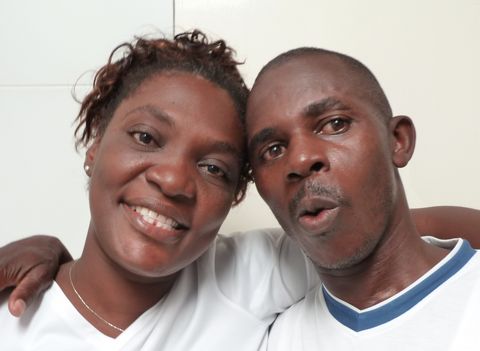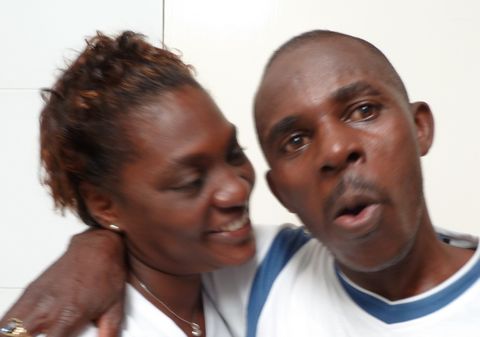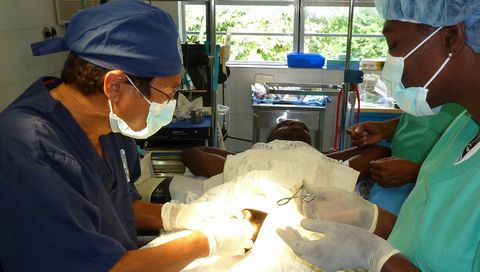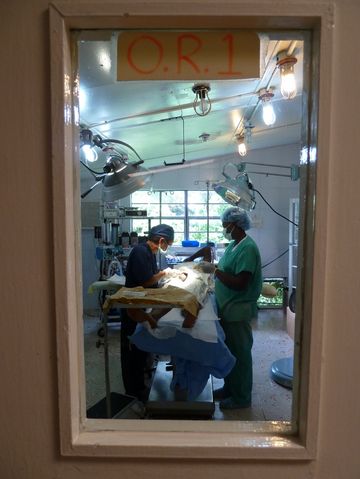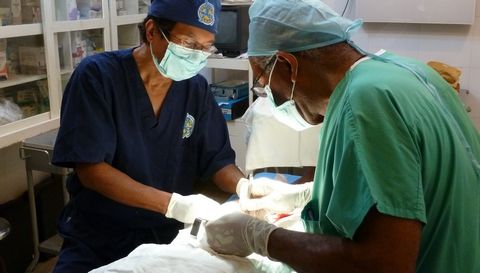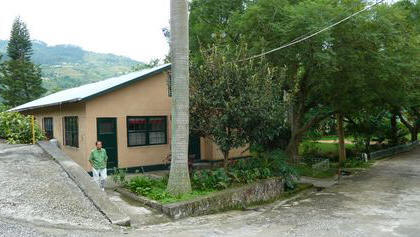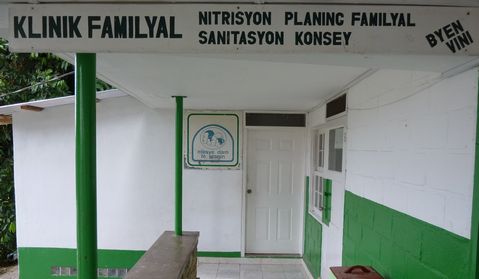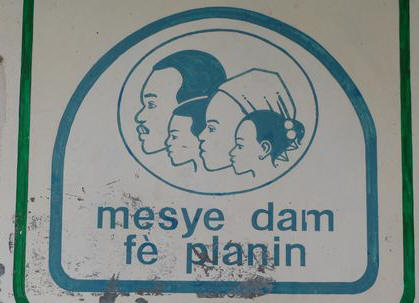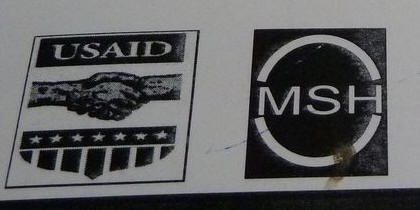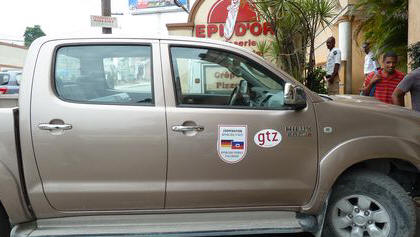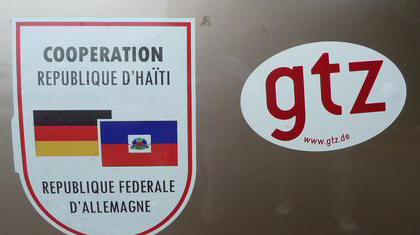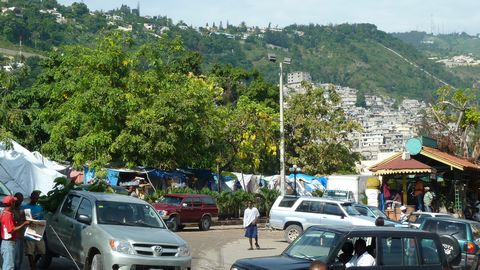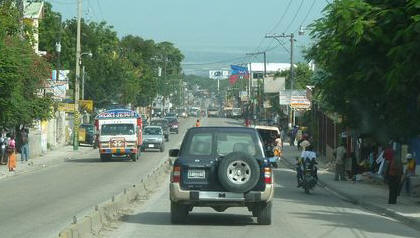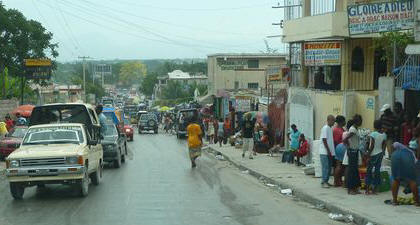|
The sad
realization is that we leave behind so many people who have no
opportunity to enjoy the Good Life now. But the hope is that we can
somehow transform this country into the tropical paradise that it
has the potential to be. Infusions of medicines, food and building
materials have not provided sustained success because when healthy
well-nourished people enter their new dwellings, they have
relations, and
without dependable contraception, they create more people who will
likely be just as dependent on outsiders for support. Without
dependable contraception, Haiti (the size of Maryland) may have
doubled in population size to 20 million people 30 years from now.
Our aid may not be able to keep up. Haitian children need parents
who read them bedtime stories and help them with homework and cheer
for them in sports. If we establish the reputation of vasectomy as
an easy (quick and painless) and attainable (available) procedure,
we may slowly begin to see wider acceptance. We may see fathers
playing greater roles in the the lives of their fewer children. It
is difficult to read a story every night to 7 children in 4
households. It is difficult to pay for 7 educations on little or no
income.
The shift to
smaller families may require an in-your-face promotion campaign as
has been done in Florida with
billboards. It may require
incentives
until the social infrastructure (jobs, housing, sanitation, health
care, education) can be improved. The man with no job, no income, no
hobbies, no sport, and no particular special skill is very unlikely
to give up his fertility when that's all he's got. And especially if
his mother-oriented society puts no demands on his paternity. So
what ... if he has 7 children by five different partners?! He's not
taking care of them anyway! Why get a vasectomy? But with
incentives, all that changes. In the Philippines, NSVI offers men
US$12.00 "to cover travel expenses and time away from work".
Actually, for the poorer men like putt-putt drivers, that may be two
weeks' pay. Simply put, offer a man in a developing country an iPod
and all his concerns about religion or macho or pain magically
disappear. I know also from my experience in Florida that incentives
work: I require a $100 non-refundable deposit to schedule a
vasectomy. We are not universally strict in our policy, and we
readily refund the deposits of young men with no children who are
having second thoughts. But we would not refund the deposit of a man
with 4 children. So the deposit becomes an incentive in itself, and
it works VERY WELL. In fact, we receive far more compliments than
complaints. "Doc, I was scheduled for this a year ago, but made up
some excuse and procrastinated and bingo, my wife was pregnant a
month later and had all sorts of complications. But I knew it was
the right thing to do, and the deposit was just the incentive that I
needed to see it through. A last minute excuse was not worth losing
$100. Now I'm glad that I went through with it."
Obviously,
loss of a deposit cannot be an incentive where we do not charge for
vasectomies in poor countries. So our only option is to provide a
positive incentive: a bag of rice, a pair of sunglasses, a T-shirt,
an MP3 player, cash. Obviously, we are not even offering vasectomy
to young men with no children. But why not sweeten the pie and make
vasectomy more fun for men with two or more children?
One
stumbling block to offering incentives is that US policy disallows
incentives by organizations receiving financial assistance from
USAID (United States Agency for International Development).
In October 1998, Congress enacted an amendment initiated by Rep.
Todd Tiahrt (R-KS), reaffirming and further elaborating standards
for voluntary family planning service delivery projects to protect
family planning "acceptors," that is, the individual clients
receiving services. A summary of the Tiahrt
Requirements is available in the
USAID website, where you may also click a link to the
Full Text of the Tiahrt Amendment. USAID monitors compliance
with the Tiahrt Amendment and one such
Assessment Report (of the USAID/Indonesia-Supported Family
Planning Projects) suggests that "offering incentives ... was
found to have little impact on increased utilization, it was
difficult to administer, and it introduced
distortions into the program". But it goes on to
say that, "Today the challenge facing the
Indonesia family planning program seems to be meeting
existing demand rather than generating new
demand for information and services." There is no
doubt that incentives are of less value in societies where vasectomy
is already commonplace enough that reputation alone can help
programs be self-sustaining. Indeed the demand for vasectomy could
actually rise when it is offered only to those who acknowledge its
value by paying for it. But until vasectomy achieves acceptance
through establishment of a good reputation in a locale where it is
offered regularly, something is needed to break the ice. An outdoor
billboard campaign can help, but nothing is as reassuring as a
recommendation from a friend.
Receiving no
funds from USAID, a non-profit organization such as
NSVI could serve
as the catalyst to start a program in a location where men have
little incentive otherwise to have a vasectomy; that is, where
fertility is a large part of one's identity, and where men currently
play little role in child-rearing and therefore feel little burden
as a result of siring large numbers of children with multiple
partners.
Women are
more receptive to long-term family planning, including
sterilization, than are men, because it may be a matter of
self-preservation. In some developing countries, the major cause of
female mortality from ages 15-35 is pregnancy and childbirth.
Complications such as eclampsia, placenta previa, and abruptio
placenta can prove fatal where quick access to emergency care is not
available. So one could make the case, "Why not simply focus on
women and channel resources into providing long-term family planning
methods, including bilateral tubal ligation, for women?" Indeed,
given a hypothetical population of 10 women and 10 men and the
resources to provide 9 sterilization procedures, it would make much
more sense to sterilize 9 women, in which case the group could have
only one offspring per year; whereas provision of 9 vasectomies
still leaves open the possibility for 10 offspring per year. The
appeal of vasectomy to family planning personnel is that it is so
quick, painless, and safe in the hands of experienced providers.
Under general anesthesia, bilateral tubal ligation (BTL) is painless
but expensive and time-consuming - under local anesthesia, it is
less expensive (though still more so than vasectomy) but much more
risky and painful. And for women with pelvic scarring due to prior
surgery or infection, BTL is not even an option.
So NSVI
continues to promote vasectomy, but with strict respect for and
compliance with US guidelines. When NSVI receives assistance from
USAID (as was the case for this trip in which our transportation was
supported by MSH), no incentives are offered. But when NSVI works
independently, incentives may be offered in locations where
vasectomy has
not established a reputation with the local populace as a safe and
painless form of contraception, the manly act of a responsible
father and caring husband. |
